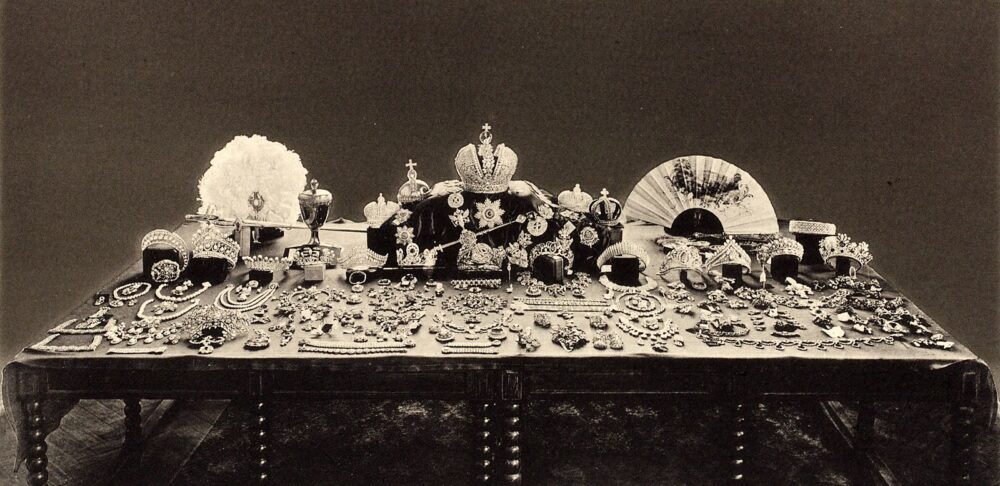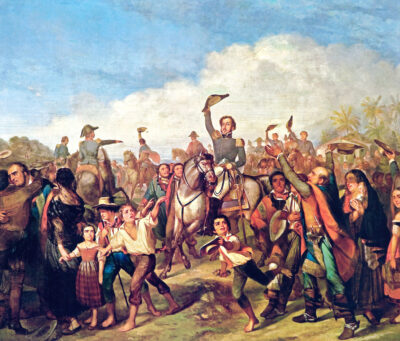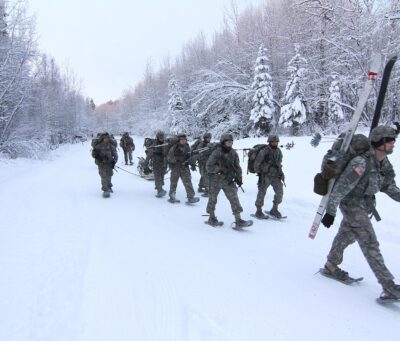Russian President Vladimir Putin has pointed directly to his imperial ambitions as the purpose of the war in Ukraine. The question of what caused the war is vital, because any answer would include a claim about who Putin really is, which is necessary to understand the path to success. In assessing the nature of their adversary, Western policymakers should remember Maya Angelou’s advice – “when people show you who they are, believe them the first time” – and listen to Putin himself rather than his realist interpreters who argue that Western aggression is the true cause. [1]
According to John Mearsheimer, a renowned scholar of realism, Putin’s war is a reasonable response to perceived Western aggression. Mearsheimer asserts that after the fall of the Soviet Union in 1991, the North Atlantic Treaty Organization (NATO) began an eastward march, incorporating into the alliance former Soviet allies and former republics of the Soviet Union. The tipping point came during the April 2008 Bucharest Summit, in which the United States and its NATO allies declared that both Ukraine and Georgia would eventually join the alliance. Believing that such an expansion would increase U.S. power at Russia’s expense, Putin invaded Georgia in August 2008. Rather than heed Russia’s warning and back off, the United States and its European allies continued integrating Ukraine into the European Union and supported efforts to turn the country into a pro-Western democracy. After the United States supported a 2014 uprising that forced Ukraine’s pro-Russian president to flee the country, Russia invaded Crimea and the Donbas. [2] Ignoring Russia’s increasing agitation, recent U.S. presidential administrations, first under U.S. President Donald Trump and then U.S. President Joe Biden, armed Ukraine and participated in joint military exercises, turning Ukraine into a de facto NATO ally. Russia eventually reached its breaking point with this clear violation of its vital interest and ultimately invaded Ukraine on February 24, 2022. [3]
This theory blaming the West is not consistent with facts on the ground. Since the war began, Russia has implemented a program of forced cultural assimilation in occupied areas. Through “Russification,” Putin aims to eliminate Ukraine’s sense of self by compelling civilians to adopt Russian culture and ideas. Russian forces have taken a keen interest in school curricula, destroying textbooks about Ukrainian culture and imprisoning teachers who refuse to teach Russian. [4] In 2022, more than one million Ukrainian civilians in occupied areas – including children and the elderly – were forcibly transferred to Russia. [5] Thousands of Ukrainian children have been taken from their parents and sent to Russia for adoption. Russian officials have ignored requests to return the children and have made it clear that their objective is to sever any attachments the children have to Ukraine. [6]
If Mearsheimer was correct and all Putin wanted to do was secure Russia against Western aggression, then destroying Ukraine’s government and replacing it with a pro-Russian regime – or simply turning Ukraine into a dysfunctional rump state – would be sufficient. Instead, Russia is using its limited resources to crack down on what Ukrainian students are learning, forcibly importing non-combatants and integrating them into Russian culture. Mearsheimer’s analysis and Putin’s actions are incompatible. To solve the mystery of what is behind Russification, one must consider an alternative explanation for the war.
Putin’s actions in this war make sense when Putin is considered as a zealot, not strictly a security-seeker, like Mearsheimer assumes. In a 2021 essay, Putin argues that Russians and Ukrainians are “one people — a single whole” and that Ukraine can only be a sovereign nation in partnership with Russia. [7] Putin’s ideas about Ukraine and Russia’s historical unity motivated the invasion because Putin fancies himself a twenty-first century czar destined to rebuild the Russian Empire. At an event in the summer of 2022 celebrating Peter the Great, Putin explained that when Peter conquered land from Sweden, “he was merely returning what is [Russia’s].” Alluding to the current war in Ukraine, Putin said, “it seems like it is our destiny too, to return and to strengthen.” [8] Putin sees Ukraine as a part of Russia which he must “return” to the motherland. Putin focuses on Ukrainian schools and families because his objective is to stamp out Ukraine’s identity and unify the country with Russia both politically and culturally.
Putin’s program of Russification paired with his rhetoric about “one people” suggest that Russia is a revisionist state aiming to erase Ukraine’s nationhood, not a security-seeking state whose hand was forced by Western aggression. Through his words and actions, Putin has revealed himself to us: a neo-imperialist whose aggression must be met with force to preserve the international order. This realization holds crucial lessons for Western policymakers. As former British Prime Minister Neville Chamberlain learned eighty-five years ago, crafting effective strategy requires understanding the true nature of one’s adversary. Putin has shown the world his true nature. The question is, will the West believe him?
Kyle Northrup ’25 serves as a Co-President of the AHS chapter at the University of Notre Dame, where he is majoring in Economics and minoring in History.
—
Notes:
[1] Joan Podrazik, “Oprah’s Life Lesson from Maya Angelou,” Huffpost, 14 March 2013, https://www.huffpost.com/entry/oprah-life-lesson-maya-angelou_n_2869235.
[2] John Mearsheimer, “Why the Ukraine Crisis is the West’s Fault,” Foreign Affairs 93, no. 5 (September/October 2014): 77-89.
[3] Isaac Chotiner, “Why John Mearsheimer Blames the US for the Crisis in Ukraine,” The New Yorker, 1 March 2022, https://www.newyorker.com/news/q-and-a/why-john-mearsheimer-blames-the-us-for-the-crisis-in-ukraine.
[4] Lauren Said-Moorhouse and Oleksandra Ochman, “This Is What the ‘Russification’ of Ukraine’s Education System Looks Like in Occupied Areas,” CNN, 16 May 2022, https://www.cnn.com/2022/05/16/europe/russia-ukraine-education-intl-cmd/index.html.
[5] Emma Farge and Rachel More, “More Than 1 Million Ukrainians May Have Been Deported, US Envoy Says,” Reuters, 23 September 2022, https://www.reuters.com/world/europe/more-than-1-million-ukrainians-may-have-been-deported-us-envoy-says-2022-09-23/.
[6] Emma Bubola, “Using Adoptions, Russia Turns Ukrainian Children into Spoils of War,” The New York Times, 22 October 2022, https://www.nytimes.com/2022/10/22/world/europe/ukraine-children-russia-adoptions.html.
[7] Vladimir Putin, “On the Historical Unity of Russians and Ukrainians,” Kremlin.ru, 12 July 2021, http://en.kremlin.ru/events/president/news/66181.
[8] Yaroslav Trofimov, “How Far Do Putin’s Imperial Ambitions Go?” The Wall Street Journal, 24 June 2022, https://www.wsj.com/articles/how-far-do-putins-imperial-ambitions-go-11656085978.
Image: “Imperial regalia of Russia,” by Anonymous, retrieved from https://commons. wikimedia.org/wiki/File:Imperial_regalia_of_Russia_-_BW_photo.jpg. This work is in the public domain in the United States, because it was in the public domain in its home country (Russia) on the URAA date (1 January 1996), and it was not re-published for 30 days following initial publications in the U.S.



